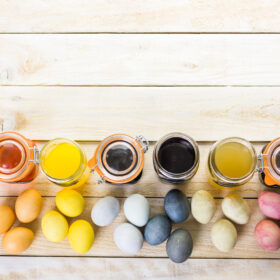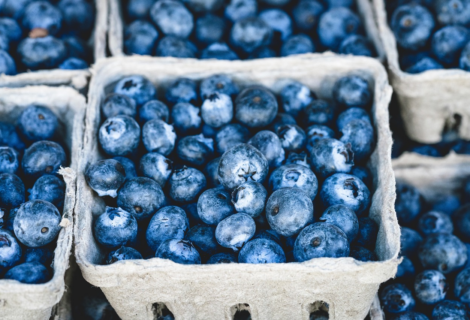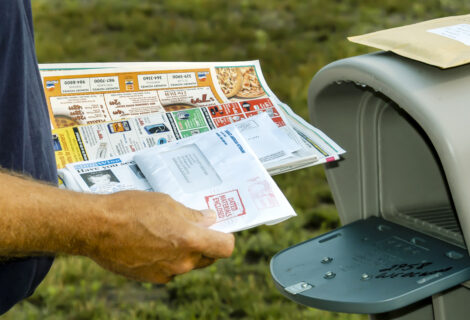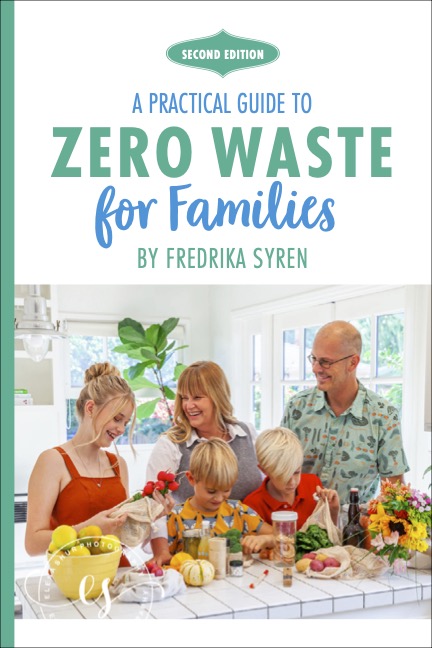The Problem with Menstrual ProdThe Problem with Menstrual Products and tips for sustainable options
I know people starts squirming when I talk about menstrual products but we have to talk about it since it effects both women’s health and the planet and our wallets. We live in a society of convenience. Of course, modern day menstrual pads and tampons definitely have made feminine hygiene easier and more convenient. Unfortunately, just as most convenient things, they have a devastating effect on the environment as well as women’s health.
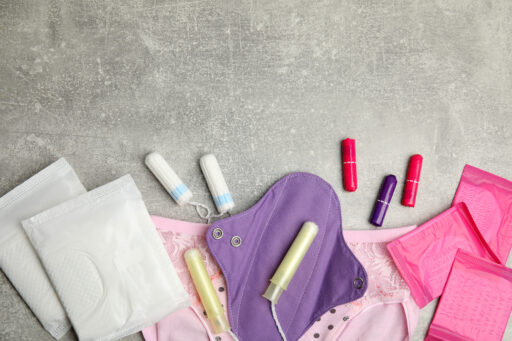
Let’s start with environmental concerns. An average woman will use around 16,000 or more tampons or pads in her lifetime. That’s 7 billion tampons and pads landing in landfills each year. Most of them contain chemicals, toxins, additives and synthetic materials such as plastic. The plastics, first of all, take a very long time to breakdown. Second, they also end up leaking into nature, and polluting our rivers, lakes, streams and world.
Let’s move on to the health effects on a woman’s body. The vaginal area is an area filled with small blood vessels, and the skin down there is very thin and delicate, thus making it easy for chemicals and plastic to be absorbed into the body. All these chemicals are known carcinogens.
When I learned all this, I gave up on conventional tampons and pads right there and then. So, what are the options for any woman wanting to go green and toxic free?
If you are looking for the convenience of traditional tampons and pads, the good news is that there are natural and organic options for tampons and pads and now there are even compostable pads and tampons from my favorite company Moonpads.com
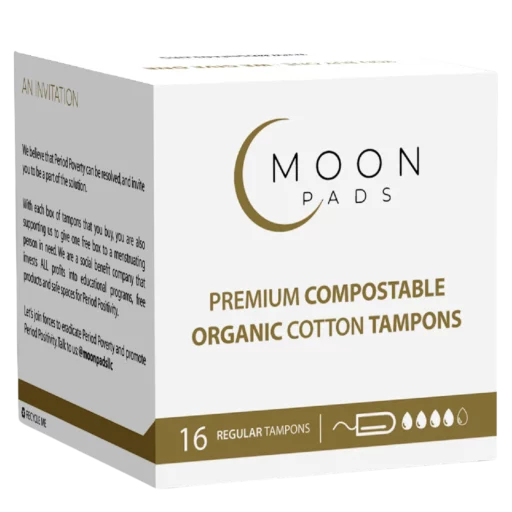
The really green option for a natural menstrual flow is using a menstrual cup. (We’ve written about it before in this article.)
Basically it’s a reusable, bell-shaped menstrual cup that is worn internally and sits low in the vaginal canal, collecting rather than absorbing your menstrual flow. It comes in different sizes to be comfortable and fit well. The best part is that it’s free of latex, plastic, PVC, acrylic, acrylate, BPA, phthalate, elastomer, polyethylene, colors and dyes. It’s reusable, so there’s no waste or chemicals.
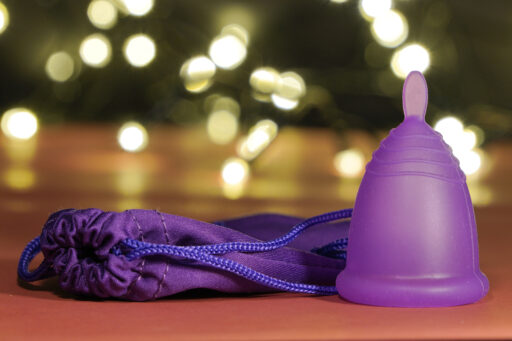
If a menstrual cup is too intimidating, reusable cloth pads might be a better option, which is what I like most. Cloth pads usually are made with cotton, hemp, wool, bamboo, microfiber or the like, and can be easily found organic. They usually come with wings to make them stay in place, and in many different sizes and thicknesses. I use a normal size, a nighttime one and panty liners for my lighter period. It’s easy to care for cloth pads by washing them in warm water in the laundry machine. I use soap nuts, but other natural laundry soaps can be used, too. I like to line dry mine in the sun if I can, but they can be dried in a dryer. So, yes, the down side of cloth pads is that you have to wash them and that you might end up with stains. For me, the option is an easy one: I really do not find them to be that much bother compared to the rewards of a healthy body and planet. Besides saving the planet and your body, you will also save money with a reusable menstrual cup or cloth pads.
What are you favorite menstrual product?
Here you can read more about my favorite menstrual products and here you can read my posts why chemical free personal care products re so important, especially for our teenager’s health.



